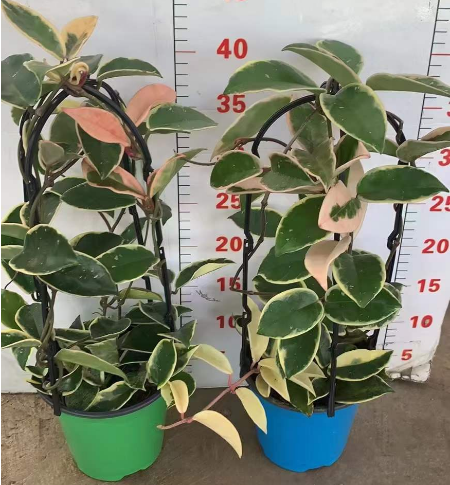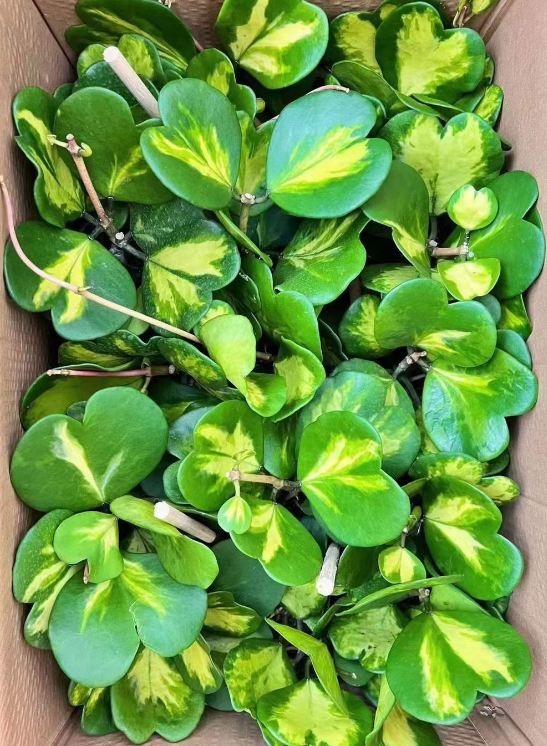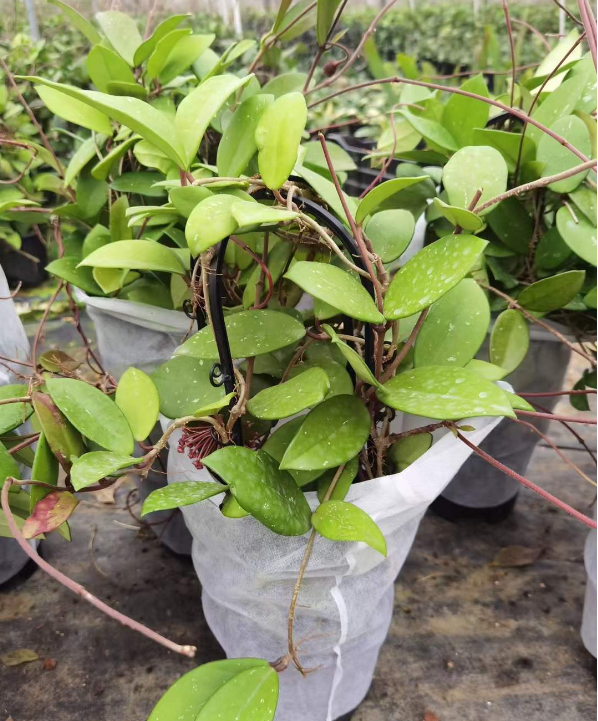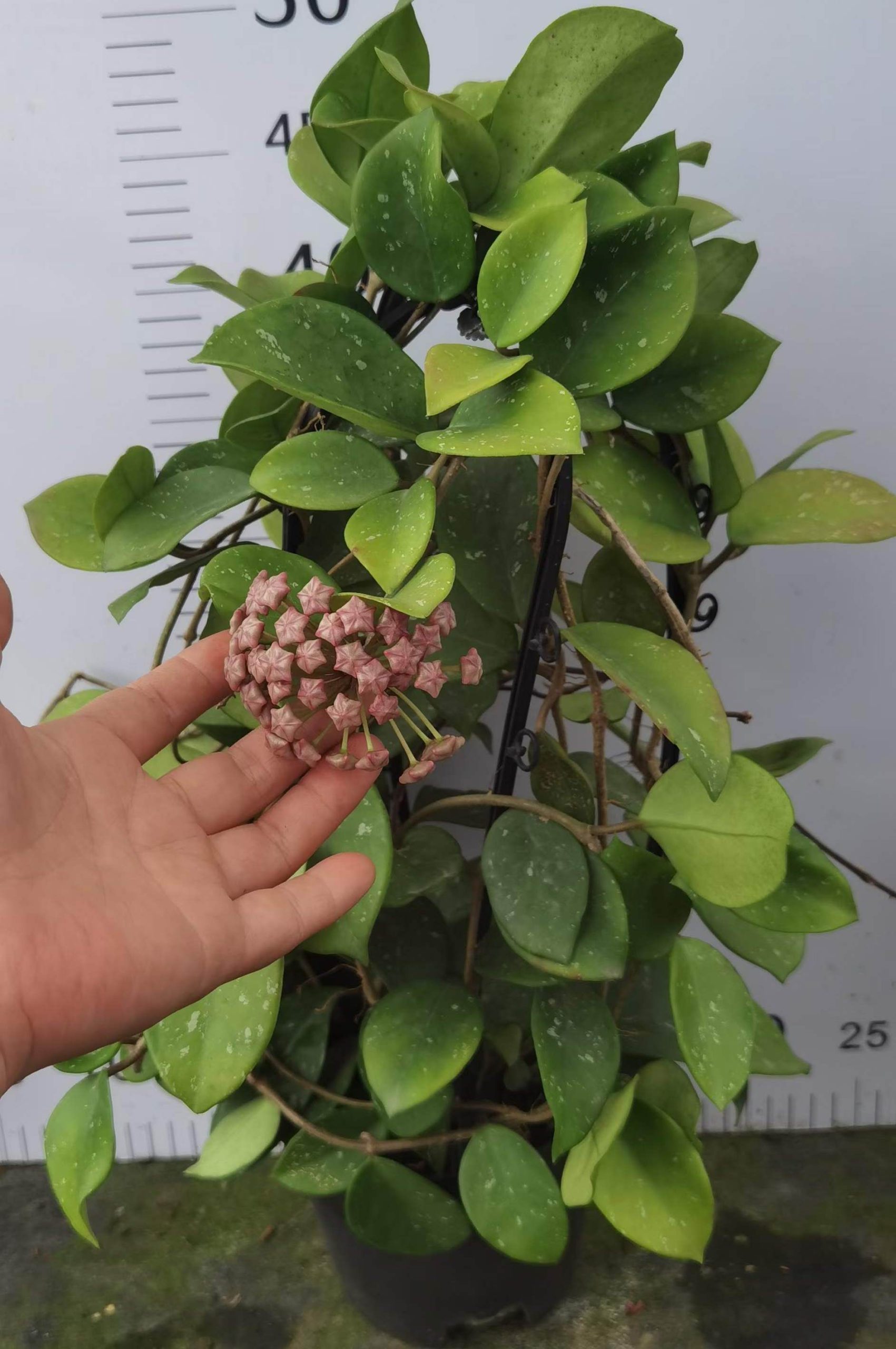Las plantas Hoya pueden adaptarse hasta cierto punto a diferentes condiciones de luz, pero proporcionarles la iluminación adecuada favorecerá un mejor crecimiento, floración y salud general de la planta. Supervise la respuesta de su Hoya a la luz que recibe y realice los ajustes necesarios para garantizar que prospere en su entorno específico.
Agua: Un riego adecuado es crucial para la salud y el bienestar de las Hoyas. Las plantas de Hoya prefieren un suelo que drene bien, por lo que es importante dejar que se seque el primer centímetro (2,5 cm) del suelo antes de volver a regar. El riego excesivo puede provocar la pudrición de las raíces y otros problemas. Introduce el dedo en la tierra hasta el primer nudillo para evaluar su nivel de humedad. Si se nota seca a esa profundidad, suele ser un buen momento para regar.
Cuando riegue su Hoya, procure humedecer bien la tierra. Riegue hasta que salga por los agujeros de drenaje del fondo de la maceta. Deseche el exceso de agua que se acumule en el platillo o la bandeja para evitar que las raíces se queden en agua estancada. La frecuencia de riego de las plantas Hoya puede variar en función de factores como la temperatura, la humedad y las condiciones específicas de cultivo. Como pauta general, regar cada 1-2 semanas suele ser suficiente. Sin embargo, compruebe siempre el nivel de humedad de la tierra antes de regar para evitar el riego excesivo, ya que las Hoyas prefieren que se las riegue a fondo, pero también necesitan que la tierra se seque ligeramente entre riegos. Ajuste la frecuencia en función de las necesidades de la planta y del entorno en el que crece.
Las plantas de Hoya prefieren el agua a temperatura ambiente. Evite utilizar agua demasiado fría o demasiado caliente, ya que las temperaturas extremas pueden conmocionar a la planta. Deje reposar el agua del grifo durante un día o utilice agua filtrada para que se evapore el cloro o los productos químicos antes de regar. Ajuste su rutina de riego en función de las estaciones. Durante la temporada de crecimiento activo en primavera y verano, cuando la planta está produciendo activamente nuevos brotes, puede que necesite regar con más frecuencia. Por el contrario, reduzca el riego durante el periodo de inactividad en otoño e invierno, cuando el crecimiento de la planta se ralentiza. Observe la respuesta de su planta de Hoya al riego. Si las hojas aparecen caídas, puede indicar un riego insuficiente, mientras que unas hojas amarillentas o un tallo blando pueden indicar un riego excesivo. Evite la nebulización si su Hoya está en flor, ya que puede hacer que las flores desarrollen manchas o se pudran.
Las necesidades específicas de riego de las Hoyas pueden variar en función de factores como el tamaño de la planta, el tamaño de la maceta, los niveles de humedad y las condiciones ambientales. Controlar regularmente el nivel de humedad del suelo y ajustar la rutina de riego en consecuencia ayudará a garantizar la salud óptima de su planta Hoya.
Temperatura: Las plantas Hoya son plantas tropicales y subtropicales que prosperan a temperaturas cálidas y constantes. Prefieren temperaturas de entre 15 °C (60 °F) y 27 °C (80 °F). Pueden tolerar temperaturas ligeramente más frías o más cálidas durante breves periodos, pero la exposición prolongada a temperaturas extremas puede afectar negativamente a su crecimiento y a su salud en general. Evite exponerla a temperaturas inferiores a 10°C (50°F), ya que puede dañar el follaje y provocar un crecimiento atrofiado o la caída de las hojas. Del mismo modo, las altas temperaturas por encima de 32°C (90°F) pueden ser estresantes para la planta, especialmente si se combinan con condiciones secas.
Durante la estación de crecimiento, normalmente la primavera y el verano, las plantas de Hoya agradecen las temperaturas más cálidas. Tienden a ser más activas y a crecer más durante esta época. Durante los meses de invierno, pueden beneficiarse de temperaturas ligeramente más frescas y de una ligera disminución del riego. Los descensos bruscos de temperatura o los cambios extremos de temperatura pueden conmocionar a la planta y provocar daños en las hojas. Mantenga su Hoya alejada de zonas con corrientes de aire, como los conductos de ventilación del aire acondicionado o las ventanas abiertas cuando haga frío.
Algunas especies de Hoya necesitan un periodo de temperaturas más bajas para iniciar la floración. Por ejemplo, las variedades de Hoya carnosa suelen necesitar un descenso de la temperatura a unos 10 °C (50 °F) durante varias semanas para fomentar la producción de flores. Conocer los requisitos específicos de su especie de Hoya puede ayudarle a fomentar la floración.
Aunque las Hoyas pueden tolerar una gama de temperaturas, proporcionar un entorno de temperatura cálida y estable es clave para la salud y el crecimiento de su planta Hoya. Supervise la temperatura del entorno en el que se encuentra su Hoya y protéjala de las corrientes de aire frío, evite las fluctuaciones extremas de temperatura y proporcione temperaturas dentro del rango preferido para garantizar un crecimiento y una floración óptimos.
Suelo: Las plantas de Hoya prefieren un suelo que permita que el exceso de agua drene libremente. Evite los suelos pesados y compactados, que pueden retener el agua y provocar la pudrición de las raíces. Una mezcla de tierra suelta y con buen drenaje ayudará a evitar el encharcamiento. Una mezcla específicamente formulada para suculentas o cactus puede funcionar bien para las Hoyas.
